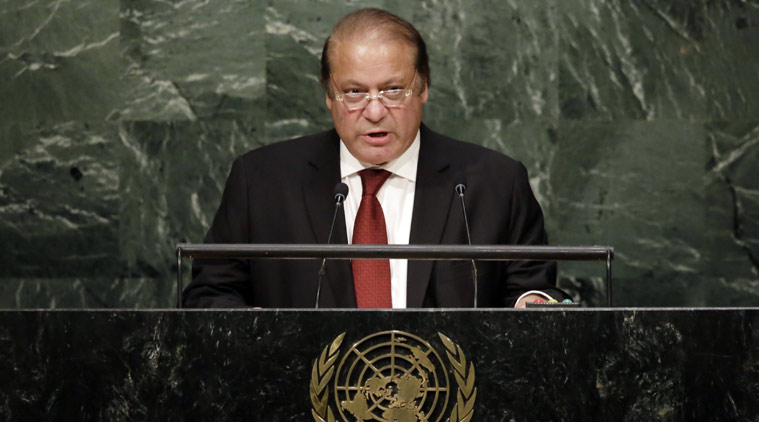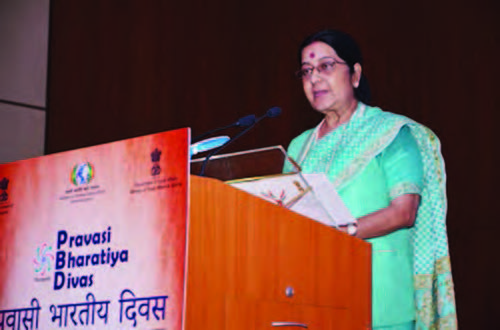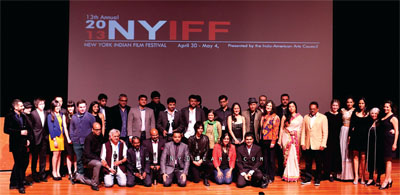
On December 6, Asadullah Khalid, Head of Afghanistan‘s intelligence set-up, the National Directorate of Security, was seriously injured in a bomb attack by a Taliban suicide bomber posing as a peace envoy. President Karzai announced the next day that the suicide bomber had come from Pakistan. While not directly naming the ISI, President Karzai described the suicide bombing as a “very sophisticated and complicated act by a professional intelligence service”. Asadullah Khalid is one of President Karzai’s closest aides and has held crucial gubernatorial appointments in Ghazni and Kandahar.
He had escaped Taliban assassination attempts in 2007 and 2011. He was playing a crucial role in attempts to wean away Pashtun tribal support from the Taliban, as the American “end game” in Afghanistan picks up momentum. Asadullah Khalid is seen as a dangerous adversary in Pakistan. Unlike his Tajik predecessor, Amrollah Saleh, against whom the ISI could whip up Pashtun nationalistic sentiments, he is a blue-blooded Pashtun, who can better deal with Pakistani machinations, which seek to unite Pashtuns under the tutelage of the Mullah Omar-led Quetta Shura and their protégés in the North Waziristanbased Haqqani network.
In its quest for “strategic depth,” the Pakistan military establishment has based its entire political strategy on pretending to champion the cause of Pashtuns, who constitute 40 per cent of Afghanistan’s population, with the Tajiks constituting 33 per cent of the population and the Shia Hazaras and Uzbeks comprising 11 per cent and 9 per cent, respectively. Interestingly, the language which unites Afghanistan is not Pashtu, which is spoken by 35 per cent of the population and almost exclusively by Pashtuns, but Dari, spoken by 50 per cent of the country’s people.Within the Pashtuns, the ruling class has predominantly been drawn from the landowning Durrani clan. Apart from Nur Mohammed Tarraki and his Soviet-backed successors, the only non-Durrani leader of Afghanistan from the influential Ghilzai clan was Mullah Omar.
Two-thirds of all Pashtuns belong to the Durrani-Ghilzai confederacy. The Taliban, though led by a Ghilzai, have drawn in a large number of Durrani fighters. In addition, they enjoy the backing of the Haqqani network, led by Jalaluddin Haqqani, operating out of the tribal belt of Pakistan in North Waziristan. The Haqqani network also exercises predominant control over the bordering Afghan provinces Khost – Paktia and Paktika. Pakistan’s strategy is to pretend that it supports an “Afghan-led” process of national reconciliation while ensuring that the Quetta Shura and the Haqqani network, which has strong ties with Al- Qaeda and international Islamist causes, negotiate from a position of strength, so that Southern Afghanistan initially, and thereafter the entire Pashtun belt, come under the control of its “strategic assets”.
This would be a prelude to the Taliban obtaining a dominant role across the entire country. It is primarily in pursuit of this objective that the senior-most Taliban leader from the Durrani tribe,Mullah Abdul Ghani Baradar, has been incarcerated and kept incommunicado in Pakistan. Mullah Baradar, like Karzai, hails from the Popalzai tribe of Durrani Pashtuns and was known to be close to and in touch with President Karzai. While championing the cause of Pashtuns, Pakistan will not permit any Pashtun leader to undermine its larger ambitions. Pakistan has its own Achilles’ heel. Firstly, no Pashtun worth his salt recognizes the Durand Line.
Moreover, after the Pakistan army’s assault on the Lal Masjid in 2007, the Tehriq-e-Taliban Pakistan (TTP) has made common cause with other jihadi outfits in Pakistan to challenge the writ of the Pakistan army and the Pakistan state. Unable to directly take on the TTP, the Pakistan army is fomenting tribal animosities between the Mehsud and Waziri tribes in South Waziristan. It is also clear that should a government led by either Imran Khan’s Tehriq-e-Insaf or Nawaz Sharif‘s PML (N) assume office after the 2013 elections in Pakistan, one can write off any prospect of the Pakistan army taking action whatsoever against the Haqqani network or other Al-Qaeda-affiliated groups, as the American drawdown in Afghanistan proceeds.
Chinese officials were among the only non-Muslims to meet Mullah Omar in Kandahar in the 1990s, promising him diplomatic recognition and telecom projects. China has maintained contacts with the Quetta Shura in the aftermath of Operation Enduring Freedom. These contacts, with Pakistani facilitation, have reportedly been increasing. Thus, while the Chinese may have misgivings and concerns about a possible return of the Taliban to power in Afghanistan, they appear to believe that their interests in Afghanistan would be protected by Pakistan. In these circumstances, there are now concerns that if not properly equipped, motivated and backed, the Afghan National Army (ANA) could well lose control of the entire Pashtun belt in the country.
This could have serious consequences for the very unity of Afghanistan. It is significant that influential Afghan leaders like Mohammed Atta and Ismail Khan are preparing the ground to be able to defend areas they control, in the event of the ANA being unable to effectively deal with the Taliban challenge. There should also be no doubt that the primary objective of the Taliban would be to seize control of Kandahar because of its importance in Pashtun minds as the traditional and spiritual capital of the country. There would also be efforts by the Taliban to block the line of communications from Khyber to Jalalabad. India would have to work closely with foreign partners, including the US, its NATO allies, Russia, Iran and Saudi Arabia to ensure that the international community remains on course to back the elected government in Afghanistan, economically and militarily.
While India has already provided Afghanistan with substantial economic assistance and is preparing the ground for large-scale investments in areas like iron ore, coal, steel, copper and gold, the military cooperation envisaged in its strategic partnership agreement with Afghanistan remains relatively modest. Indian military analysts, with expertise on Afghanistan’s armed forces, note that in order to ensure that the ANA can stand up to challenges from across the Durand Line, India should readily supply 105 mm Mountain Artillery, armored personnel carriers, Vijayanta Tanks, apart from transportation, demining and communications equipment.
It remains to be seen whether an establishment wedded to its “Aman Ki Asha” illusions will act decisively on major security challenges emerging in our neighborhood. Equally importantly, India and its partner-states need to recognize that given Pashtun sentiments and historic realities, we should agree that the Durand Line is a “disputed boundary” between Pakistan and Afghanistan, while expressing the hope that the dispute will be resolved peacefully, keeping in view the Pashtun sentiments.





Be the first to comment